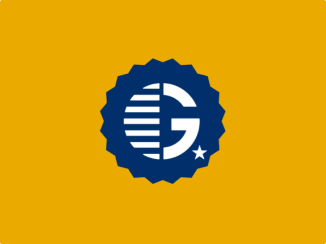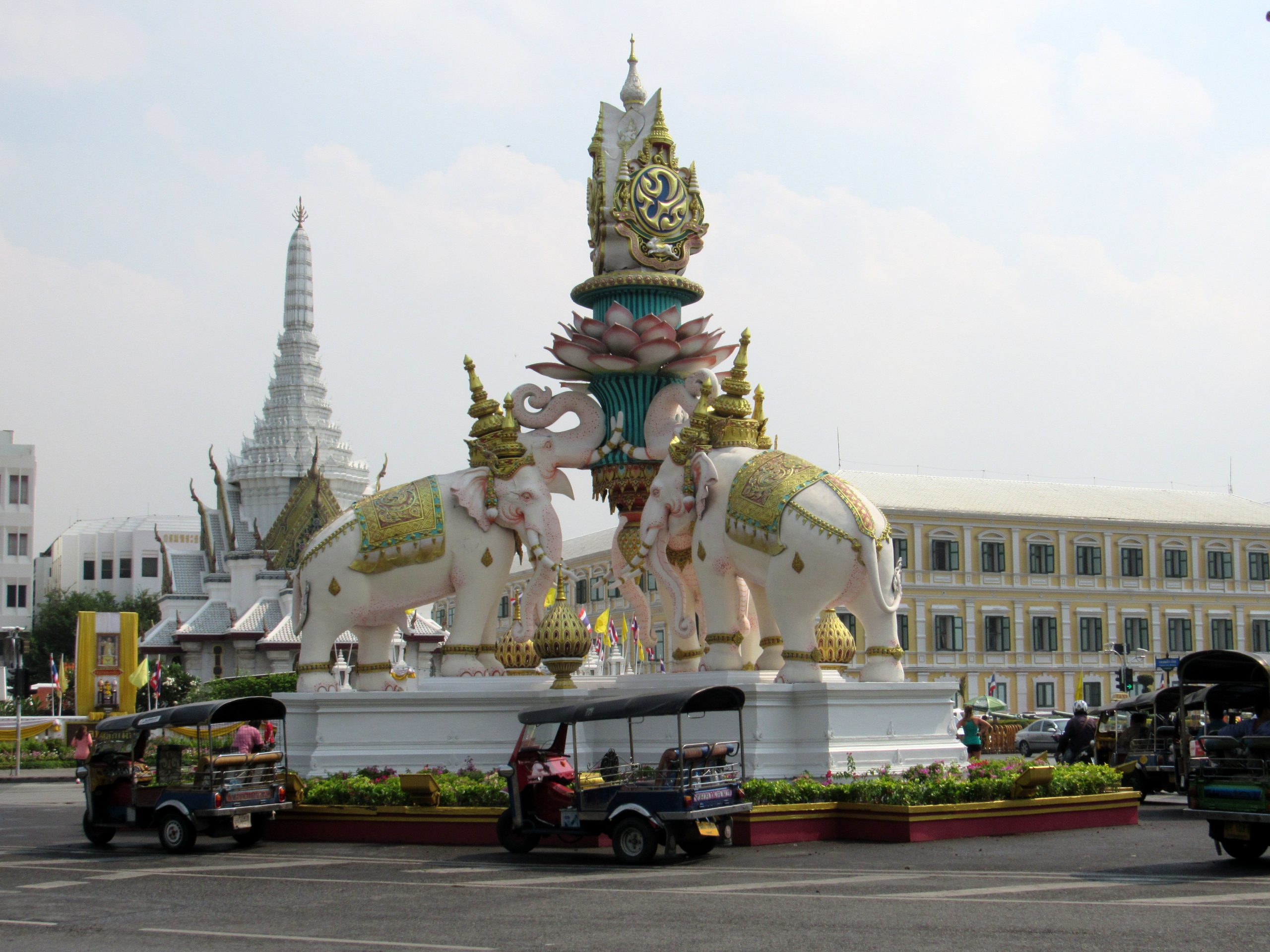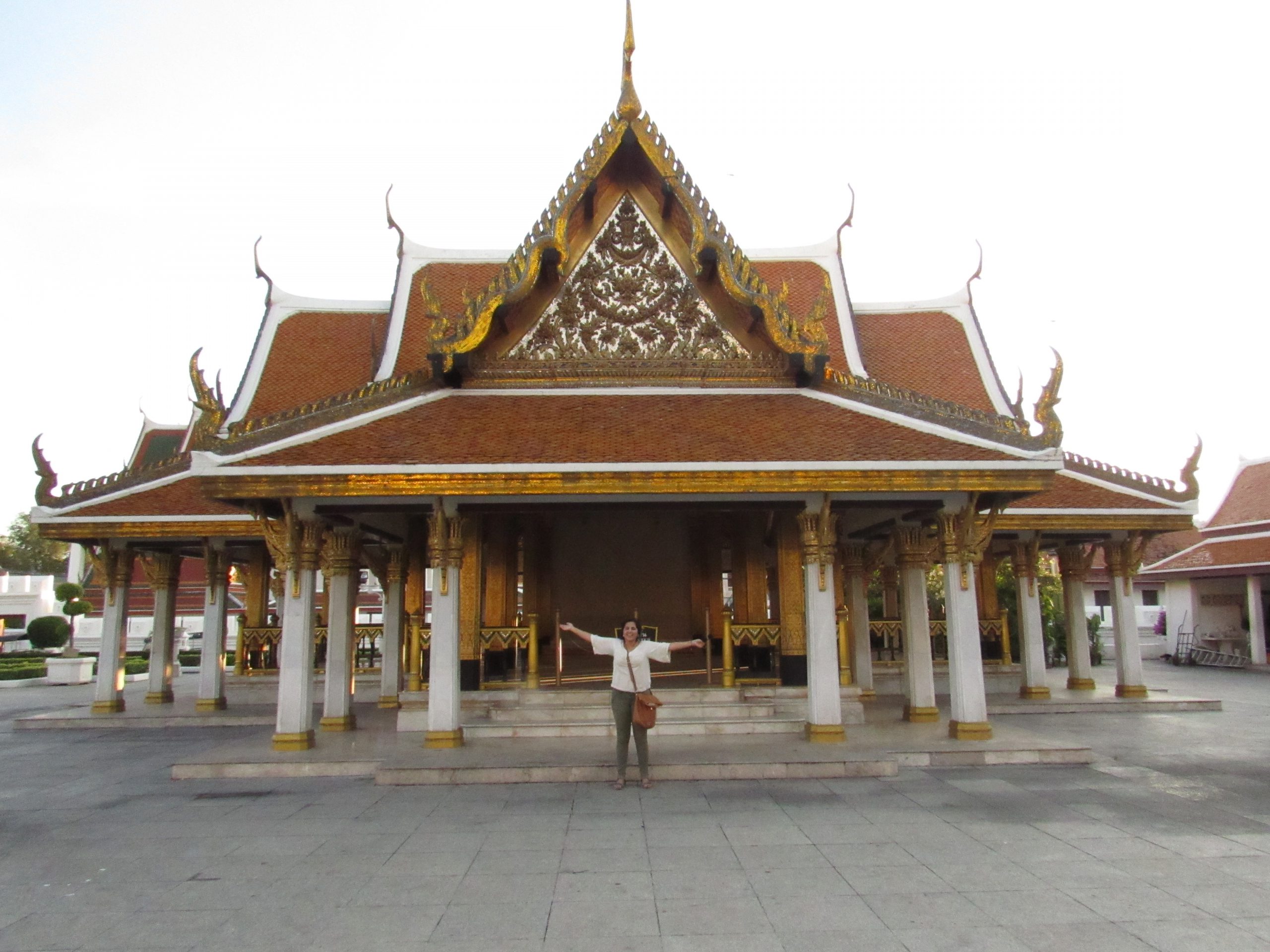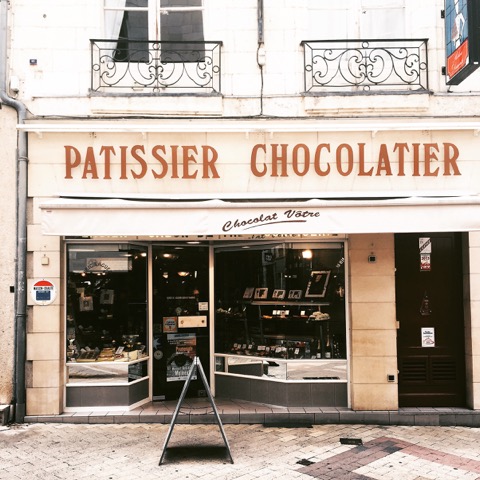#gilman

- 25-Feb-2016
Teaching English as a Foreign Language
One of the best things about studying abroad is the chance to get to know a language and culture thatRead More ⇾

- 17-Feb-2016
First Impressions of Morocco
It wasn’t until I woke up the morning of my flight that I really understood that I was leaving theRead More ⇾

- 15-Feb-2016
First Impressions of a Stunning Athens
Hello! My name is Destiny Reyes. I’m a third year Philosophy and English major at Rollins College, and up untilRead More ⇾

- 11-Feb-2016
Study Abroad Leads to Inspiration
Studying abroad in Costa Rica has completely changed my life. As a Gilman scholar, I have been given the enrichingRead More ⇾

- 04-Feb-2016
A Day in the Life: Bangkok Edition
Hello everybody, Today I want to bring you with me and show you what a typical day as an exchangeRead More ⇾

- 26-Jan-2016
A Day in the Life of Gilman Scholar Stephanie Lytle
https://www.youtube.com/watch?v=3tPeqeXZeWc

- 22-Jan-2016
Greetings from Bangkok!
My name is Arleen Rodriguez-Declet and I’m currently participating in the Thai Studies Program at Thammasat University in Bangkok, Thailand.Read More ⇾

- 11-Jan-2016
Understanding Casual Sexism in Costa Rica, Raising Awareness About Domestic Violence, and the Controversy Over Banca Kristal
Beunas, Before studying abroad in Central America, I knew living in a machismo culture for the first time would beRead More ⇾

- 04-Jan-2016
The Return (Unaffiliated with Derrick Rose)
My final days in St. Petersburg went as usual: I would avoid the massive pothole that is usually filed withRead More ⇾

- 21-Dec-2015
Odd One Out
A specter is haunting me in my final week in Russia. It is not the specter of communism, but ratherRead More ⇾

- 10-Dec-2015
Culture Shock & Reverse Culture Shock
Visiting Paris had always been a dream of mine. I know that's cliche, but it's true. As a little girlRead More ⇾



